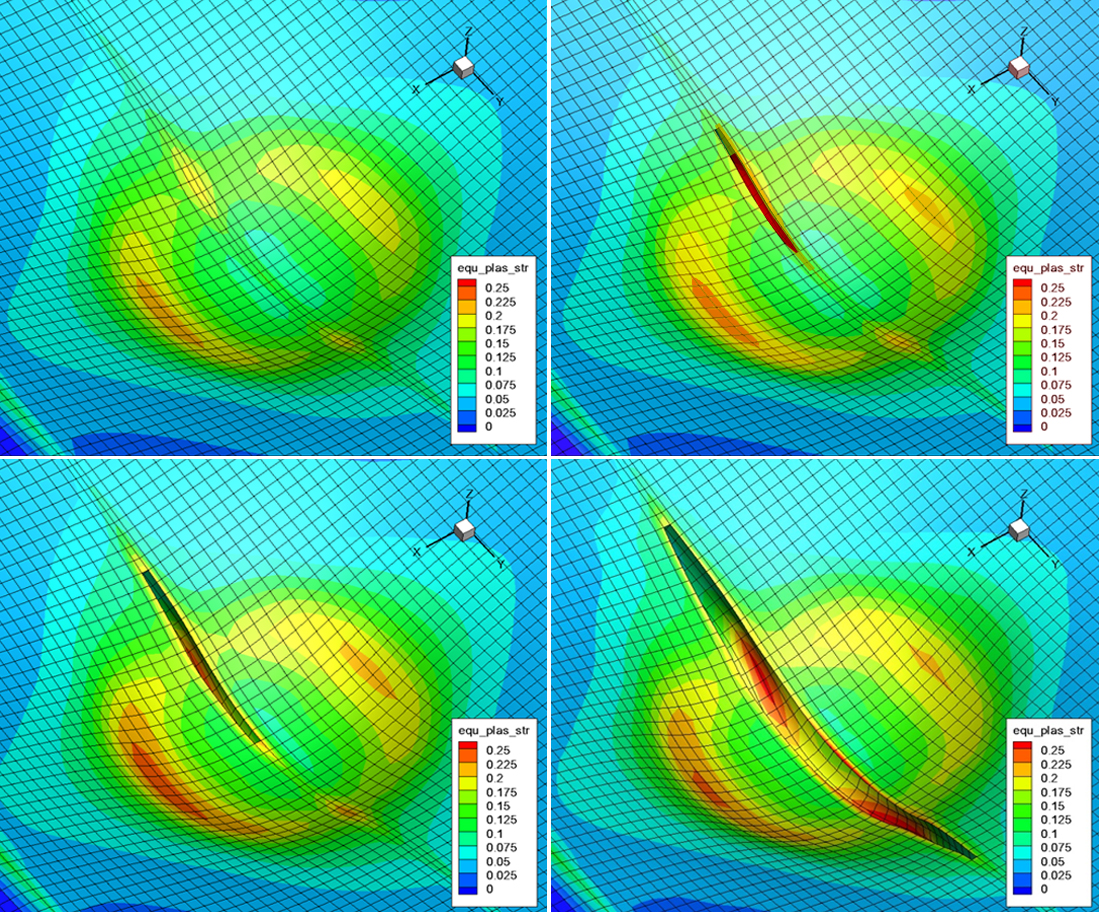The engineering firm Thornton Tomasetti has announced the launch of TTWiiN, a privately held company that will develop and commercialize new tech.
TTWiiN, which is a name based on “Thornton Tomasetti Weidlinger Innovation accelerator,” will initially feature six products:
- Spectacles Suite includes a web application that allows users to view and share 3D and building information models on the web and a virtual reality platform.
- Vibration Solutions, products that mitigate structural vibrations for tall buildings, long-span structures and bridges.
- WAimat Suite, a trio of software tools that facilitate advanced material modeling.
- PZFlex, a finite-element simulation software package for the design and development of piezoelectric and ultrasonic devices.
- Pumpkin Mounts, new shock-and-vibration insolation mount technology.
- Fuel-Injection Technology, which allows better control of fuel in the system during each cycle for more efficiency and power.
The company has its own tech incubator, CORE R&D. The plan is to add new products to TTWiiN from the program every year.
“TTWiiN gives us a platform to drive innovation in our industry and beyond,” Thomas Z. Scarangello, P.E., Chairman & CEO, Thornton Tomasetti, said in a statement. “We are taking technologies that are developed in our CORE R&D incubator and tested in real-world scenarios, then providing the necessary support and leadership to accelerate them to the next level.”
 Spectacles Suite includes VRX, a virtual reality platform that enables a guide to work with multiple guest users on a project model.
Spectacles Suite includes VRX, a virtual reality platform that enables a guide to work with multiple guest users on a project model.
 These images, created with WAidam, show the distribution of equivalent plastic strain around a propagating crack in a simulation of a welded plate subjected to idealized ship grounding.
These images, created with WAidam, show the distribution of equivalent plastic strain around a propagating crack in a simulation of a welded plate subjected to idealized ship grounding.

 PZFlex is a multi-application virtual simulation software package. This model shows a pressure field from a piezoelectric high-intensity focused ultrasound transducer.
PZFlex is a multi-application virtual simulation software package. This model shows a pressure field from a piezoelectric high-intensity focused ultrasound transducer.
Related Stories
Big Data | May 5, 2016
Demand for data integration technologies for buildings is expected to soar over the next decade
A Navigant Research report takes a deeper dive to examine where demand will be strongest by region and building type.
BIM and Information Technology | May 2, 2016
How HDR used computational design tools to create Omaha's UNO Baxter Arena
Three years after writing a white paper about designing an arena for the University of Nebraska Omaha, HDR's Matt Goldsberry says it's time to cherry-pick the best problem-solving workflows.
Virtual Reality | Apr 29, 2016
NBBJ to develop virtual reality productivity platform
The Seattle design firm has partnered with Visual Vocal, a startup VR company.
Drones | Apr 25, 2016
The Tremco SkyBEAM UAV is the first to be approved by the FAA for nighttime commercial operation
The SkyBEAM UAV is used for identifying energy leaks, rooftop damage, deteriorating façades, and safety issues without requiring scaffolding or cranes.
AEC Tech | Apr 15, 2016
Should architects learn to code?
Even if learning to code does not personally interest you, the growing demand for having these capabilities in an architectural business cannot be overlooked, writes computational design expert Nathan Miller.
Building Tech | Apr 12, 2016
Should we be worried about a tech slowdown?
Is the U.S. in an innovative funk, or is this just the calm before the storm?
AEC Tech | Apr 12, 2016
Startup introduces PaperLight, an interactive projection screen for AEC pros
The device lets users edit sketches, plans, and images with a stylus or their fingers.
AEC Tech | Mar 31, 2016
Deep Learning + AI: How machines are becoming master problem solvers
Besides revolutionary changes to the world’s workforce, artificial intelligence could have a profound impact on the built environment and the AEC industry.
AEC Tech | Mar 17, 2016
Managing risks with laser scanning gives AEC firms an edge
The more that clients demand the service, the easier it is to justify the cost of laser scanning equipment and software.
AEC Tech | Mar 15, 2016
Two to tango: Project Tango isn’t just for entertainment, it also has a wide range of possibilities relating to the professional world
Making things like augmented reality, precise measurements of indoor spaces, and indoor wayfinding possible, Google’s Project Tango has all the makings to become a useful and ubiquitous tool in the AEC market.

















